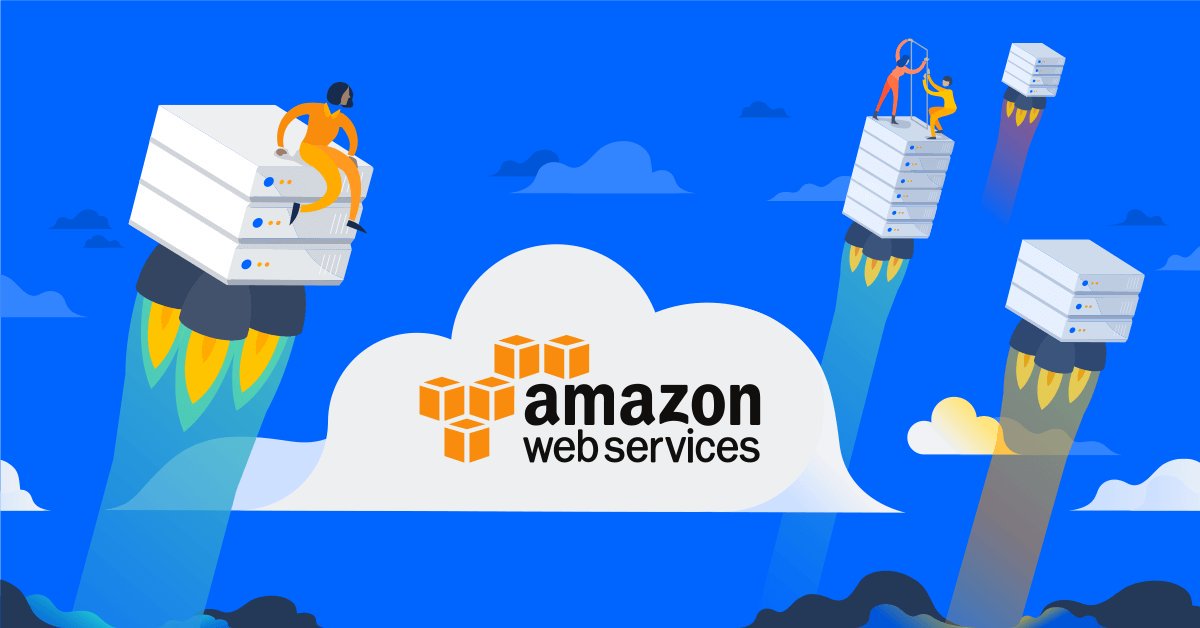Table of Content
Are you looking for building a resilient AWS environment? Our dedicated experts offer excellent advice, design a suitable solution, or in fact construct a complete new cloud environment.
Any cloud service which is public is basically susceptible for closing down. It is very possible for designing various fail-over systems on Amazon Web Service with cheap but fixed prices as compared to physically-located DR solution on cloud and absolutely null points of failure. Technically, availability of any application is not influenced by any possible failure of a data center.
If we discuss about the traditionally related IT environments, engineers, for attaining resiliency possibly will duplicate “mission-critical tiers”. This can price up for hundreds of dollars for managing and in fact it isn’t the suitable and effective solution for achieving resiliency.
There are various small activities which successfully contribute towards the entire resiliency of the concerned system, but enlisted are the some important fundamental and strategies principles.

1. DESIGN A LEAN, LOOSELY-COUPLED SYSTEM
You need to decouple the components so that there is almost no or little information of various other components. The maximum loosely-coupled your system is, the more better it is going to scale.
The idea of Loose-coupling basically isolates the various components of the system and thus evaluates internally related dependencies such that the process of failure of specific single component of the respective system is basically unknown by the various components. This designs a series of some agnostic black boxes that basically don’t care if they are providing any data from EC2 instance be it A or B, and thus building a far better resilient system in any possibility of the failure of A, B, or various component.
Suitable Practices:
•Deployment of Vanilla Templates:
At Go4hosting, the standard practice is the utilization of a “vanilla template” and configuration at deploying time via the process of configuration management. This provides customers ‘fine-grain’ control of instances at the deploying time. By evaluating the new instances, you are basically reducing the risk of any kind of failure of the concerned system and thus allowing the particular instance for getting spunned up more rapidly.
•Simple Queuing Service or Simple Workflow Service:
If you utilize a buffer or queue for relating components, the concerned system can efficiently support the spillover during any kind of load spikes by distribution of requests to various components. If everything is somewhat going to be lost, there will be a new instance which will pick up some queued requests when the application is recovering.
•You need to build the applications in a stateless way. Various application developers have introduced a long list of methods for storing session data for customers.
•Lessen the interaction towards the environment by consuming CI tools, such as Jenkins.
•Elastic Load Balancers:
Distribution of instances across various Availability Zones (AZs) is conducted in Auto Scaling clusters. Elastic Load Balancers (ELBs) helps in distributing traffic among some healthy instances which are based on various health checks.
•Store Static Assets on S3:
Best practice at the web storing front is storage of static assets on S3 and instead of bringing EC2 nodes themselves. Electing AWS CloudFront in the front of assets of S3 will let you do deployment of static assets. This basically not only minimizes EC2 nodes that will fail, but also minimizes the price by enabling you for running leaner EC2 types of instances.
2. AUTOMATING OF YOUR INFRASTRUCTURE
The concept of Human intervention is ‘a single point of failure’ in itself. For removing this, we design an auto-scaling and self-healing infrastructure which dynamically constructs and then destroys various instances and thus provides them the suitable resources and roles with customized scripts. This frequently needs an important upfront investment of engineering.
Although, automating the concerned environment before building cuts the development and maintenance prices afterwards. An environment which is completely optimized for further automation can conclude a difference between the duration of deployment of instances in various regions or creating the development environments.
Suitable Practices:
•The infrastructure in action: If there is any case of any failure in the instance, it is successfully eliminated from the Auto Scaling clusters and thus some other instance is spunned up for replacing it.
◾CloudWatch basically triggers the new instance which is spunned up from an AMI in S3, and then copied into a hard drive.
◾The ‘CloudFormation’ template enables customers for automatically setting up a Virtual Private Cloud, or a NAT Gateway, and general security along with building the various tiers of the applications and the interconnection between them. The objective of the template is to do configuration of the tiers and then get it connected into the Puppet master.
◾This least conducted configuration allows the tiers to be properly configured by process of configuration management.
3. BREAK AND DESTROY
If you aware of the fact that things are going to fail, mechanisms can build for ensuring the system is going to persists no matter what will happen. In order for designing a resilient application, various cloud engineers need to anticipate that possibly what can build a bug or stay destroyed and remove such weaknesses.
This principle is pretty much crucial that “it should be completely focused on controlling failure injection.” Executing suitable practices and then persistently monitoring and then updating the concerned system is the only major step for building a ‘fail-proof environment’.






 Live Chat
Live Chat